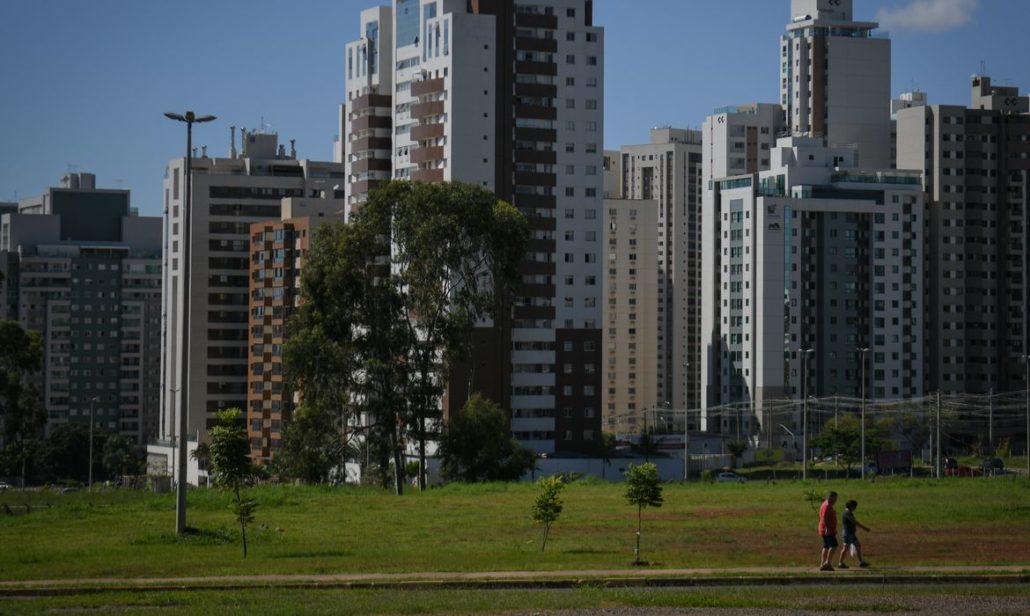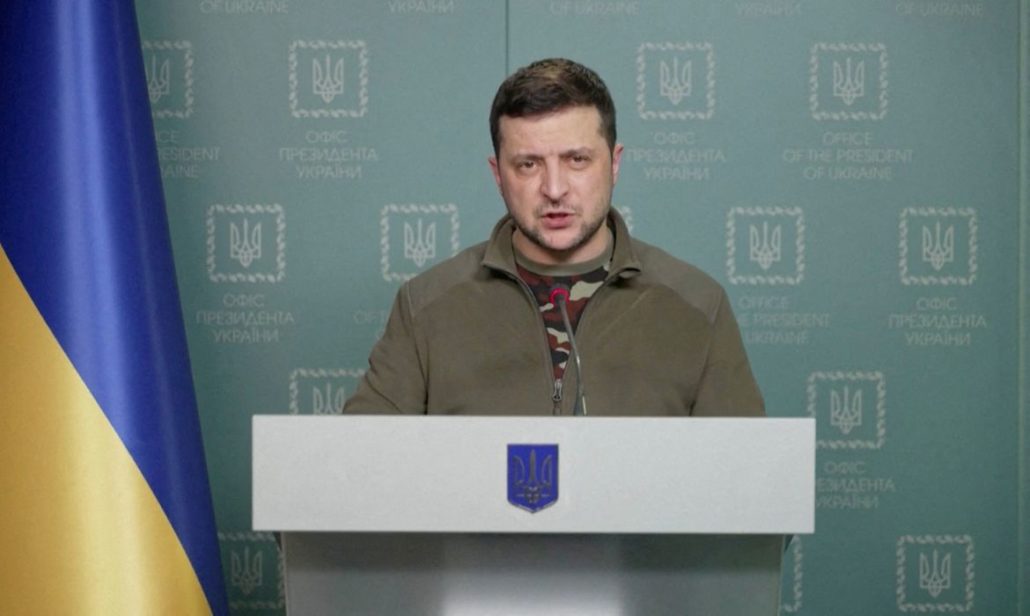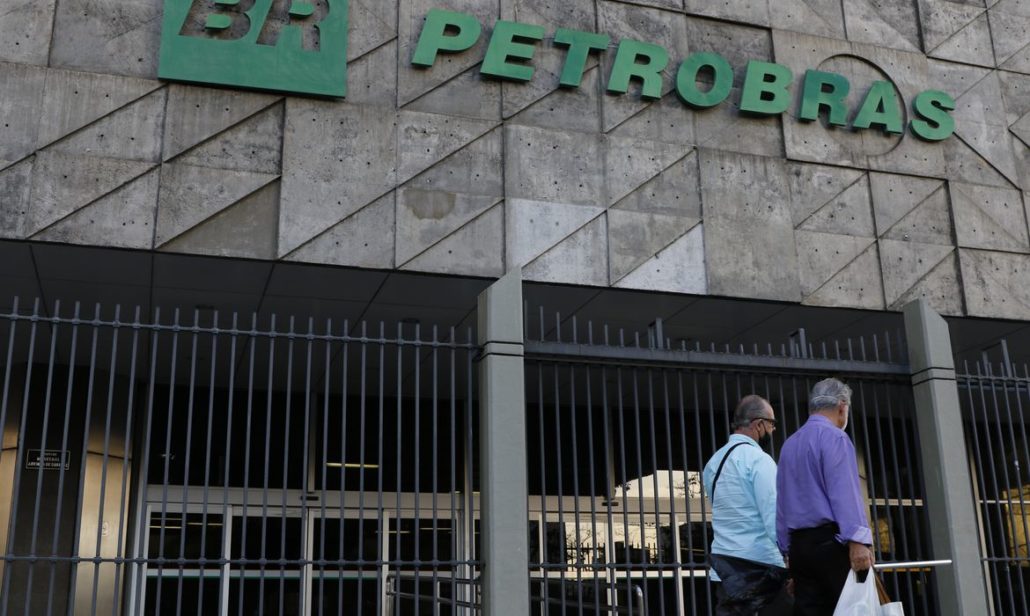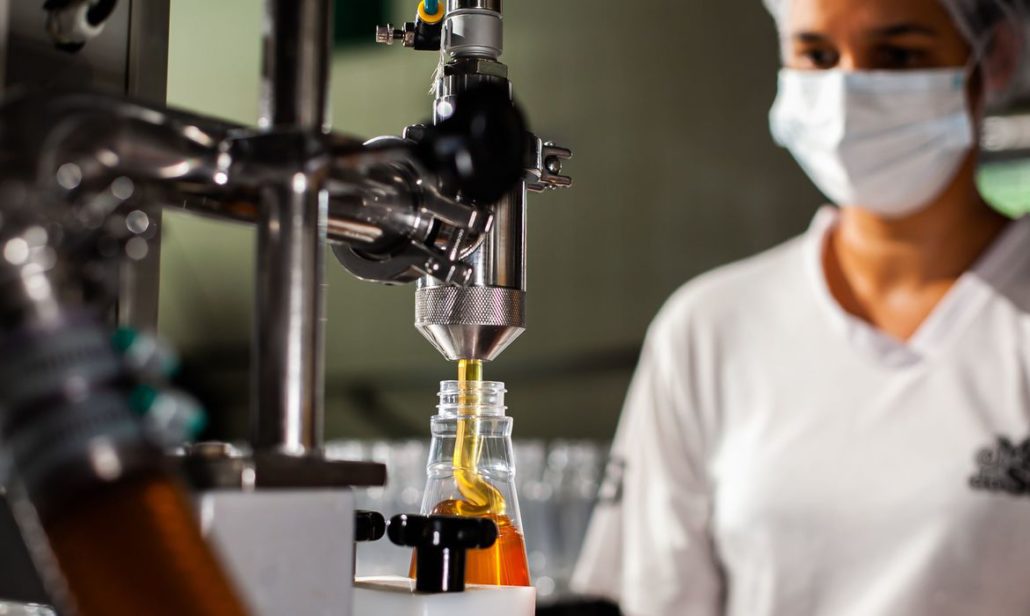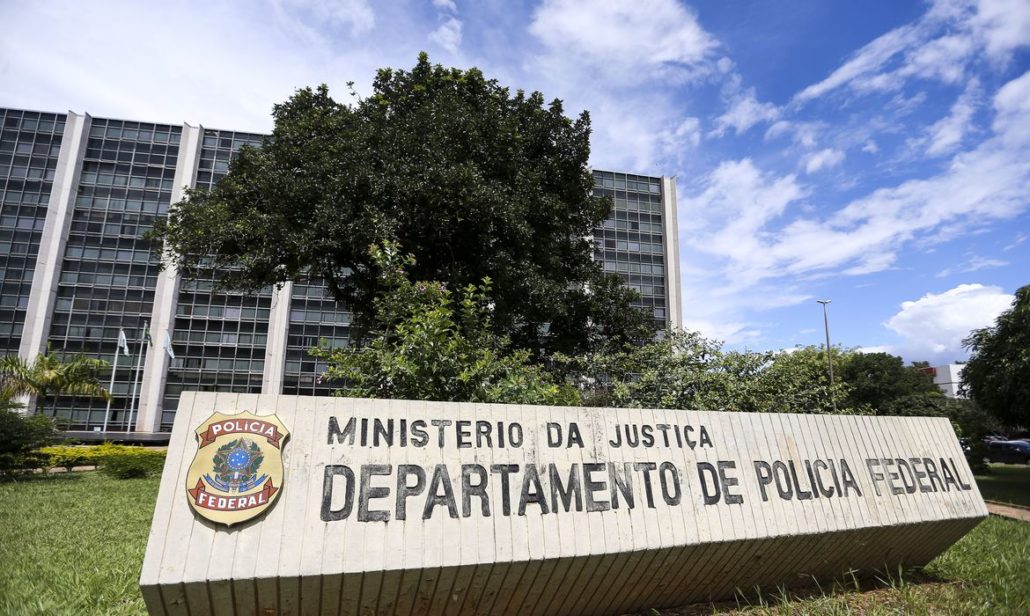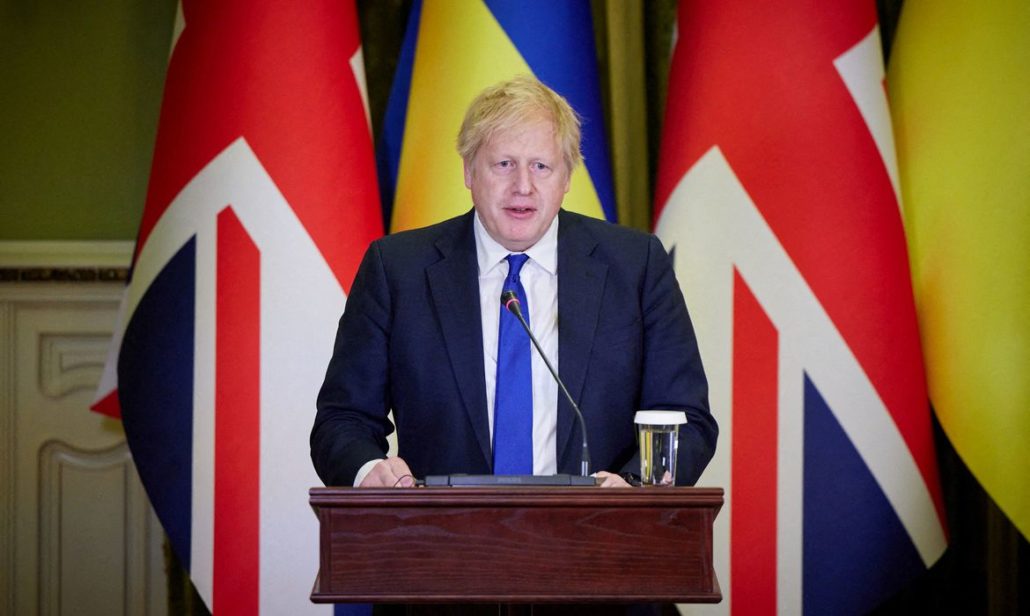Há dois anos em vigor, Provimento nº 88 auxilia na recuperação de dinheiro extraviado.
Postado em 12 de Abril de 2022
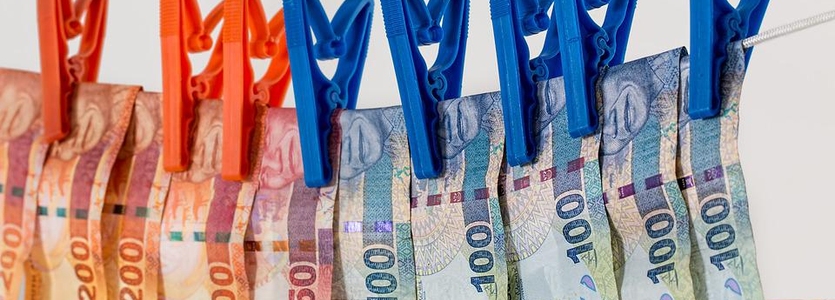
Em 2021, em todo o país, foram lavradas 219.459 escrituras, ante 156.706 do ano anterior, um aumento de 62.753 documentos, segundo o Colégio Notarial do Brasil – Conselho Federal (CNB/CF). Contudo, o número é bem baixo, visto que, atualmente, no Brasil, embora exista a obrigatoriedade da lavratura de escrituras públicas para compra e venda de imóveis de valor acima de trinta salários mínimos, alguns mecanismos podem burlar parcialmente essa obrigação, como a utilização de instrumentos particulares de promessa de compra e venda, que prorrogam o momento da lavratura da escritura e permitem uma transferência de direitos sem plena publicidade. Em razão disso, muitas pessoas ficam sem qualquer tipo de garantia com relação à procedência da compra da casa ou apartamento. Outras que têm documentos perdidos ou roubados são vítimas de fraude. Há também aqueles que são surpreendidos por dívidas decorrentes da inserção de seu nome como sócio “laranja” em empresas “fantasmas” e inúmeras outras circunstâncias.
Neste aspecto, destaque para a importância dos cartórios: com mais de 23 mil estabelecimentos espalhados pelo Brasil e integrados entre si, e milhões de contratos assinados todos os dias, as atividades notariais são utilizadas para registros de nascimentos e óbitos, lavratura de testamentos, inventário, partilha extrajudicial, casamentos e divórcios e autenticação de documentos em escrituras públicas. E a sua essencialidade aumenta ao passo que expande também o número de inadimplentes no País, por conta dos processos de investigação patrimonial.
“Os cartórios são essenciais para a investigação patrimonial, visto que neste tipo de ação é necessário obter, em tempo real, informações rápidas e precisas, acerca de o executado ser ou não possuidor de bens registrados em cartórios”, informa Valdo Silveira, CEO da Leme Inteligência Forense.
Segundo ele, o que tem ajudado – e muito – na recuperação de valores é o Provimento nº 88/2019, há dois anos em vigor e que atribuiu determinadas obrigações aos cartórios nas ações de combate à corrupção. Na prática, tudo que for considerado suspeito de lavagem de dinheiro ou financiamento ao terrorismo que envolva pagamentos ou recebimentos em espécie com valor superior a R$ 30 mil pode ser comunicado à Unidade de Inteligência Financeira (UIF). A possibilidade de constar em documentos públicos que determinado ato foi visto como possível lavagem de dinheiro acaba inibindo as clássicas estratégias de blindagem patrimonial, pois ligam um sinal de alerta ao credor que se depara com tal aviso em uma escritura pública.
Segundo Guilherme Cortez, gerente de investigações da Leme, o modelo de sistema de registro imobiliário brasileiro é um dos mais eficientes do mundo e oferece segurança tanto ao mercado imobiliário quanto aos processos de recuperação de dívidas, bens ou patrimônio. “Os cartórios, que prestam um serviço de excelência para a população e ao mesmo tempo vêm evoluindo constantemente para se adaptar às inovações da sociedade, além de ser de suma importância para descongestionar o poder judiciário, podendo fornecer serviços simples e de forma célere, possuem uma ampla fonte de dados públicos que são importantes durante as buscas patrimoniais”.
Mas, na visão do especialista da Leme Inteligência Forense, saber utilizar estas informações estrategicamente é ainda mais importante do que as possuir.
Engenharia de Comunicação – Assessoria LEME
Fonte: Jornal Jurid



